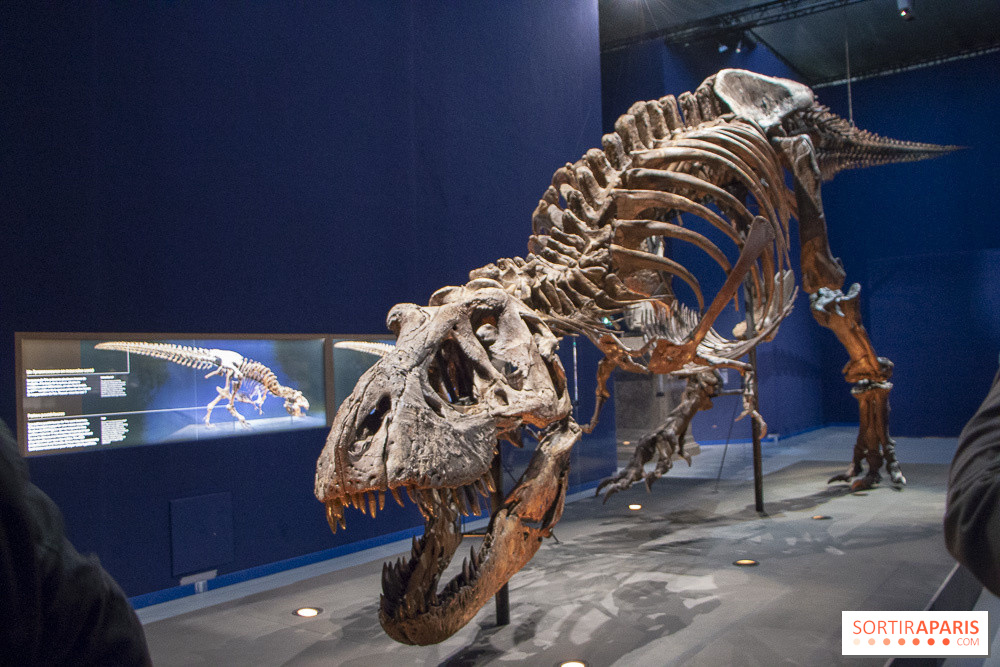
The novel reads smoothly and provides the kind of low-brow weird thrills for which other between-the-war writers (such as Hansom, Ryan and Masterman) have received credit much less deservedly.MADRID – It’s not as if Madrid was short on world-ranking galleries with the likes of the Prado Museum, the Thyssen-Bornemisza and the Reina Sofía, among others.īut next month, Spain is set to unveil what is touted as one of Europe’s cultural highlights of the year with the opening in the Spanish capital of The Royal Collections Gallery. Key elements of the story are indisputably fantastic. But the bulk of the novel places it more accurately in the category of the weird (as attested by its presence in the 1948 Bleiler Checklist). The Burkhardts teamed up to write several detective stories, and the final portion of this novel does move it into that direction as the hero (a writer) must exercise powers of detection in order to find and rescue the heroine, who has been abducted by a monstrous dwarf. A weird Gothic thriller set mostly in a rural part of British Columbia. Cloth a bit faded and scuffed, light vertical creasing to spine cloth (a flaw endemic to this book), otherwise a very good, clean copy.

Early pencil ownership signature on front endpaper.

Original purple cloth, front and spine panels stamped in black. Jacobsen identified itself as a reprint house Tebbel identifies Black as a "mail-order publisher" both of these editions come to 291 pages, suggesting strongly they were printed from the same sheets, or the same plates, as the edition of the Fiction League, which was a book club it should be needless to add that not a few books over the years have been first published on a subscription basis by clubs. Black (undated, but a newspaper ad for this edition appeared in 1935).

Two other publishers brought out editions around the same time: Jacobsen Publishing Company (undated) and W.


 0 kommentar(er)
0 kommentar(er)
